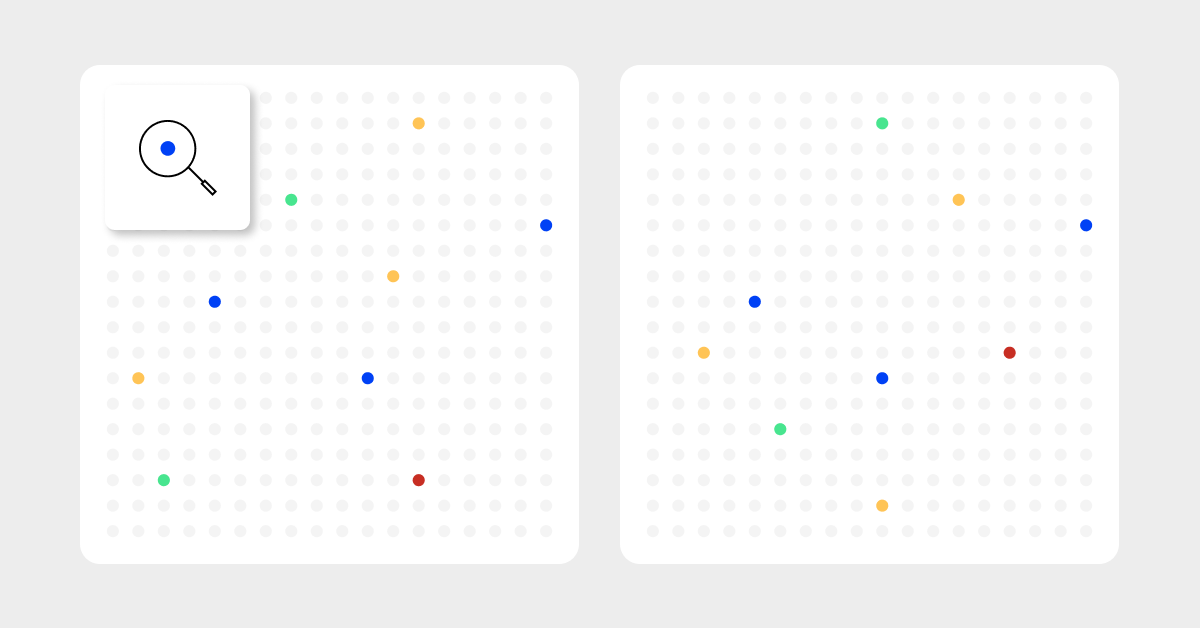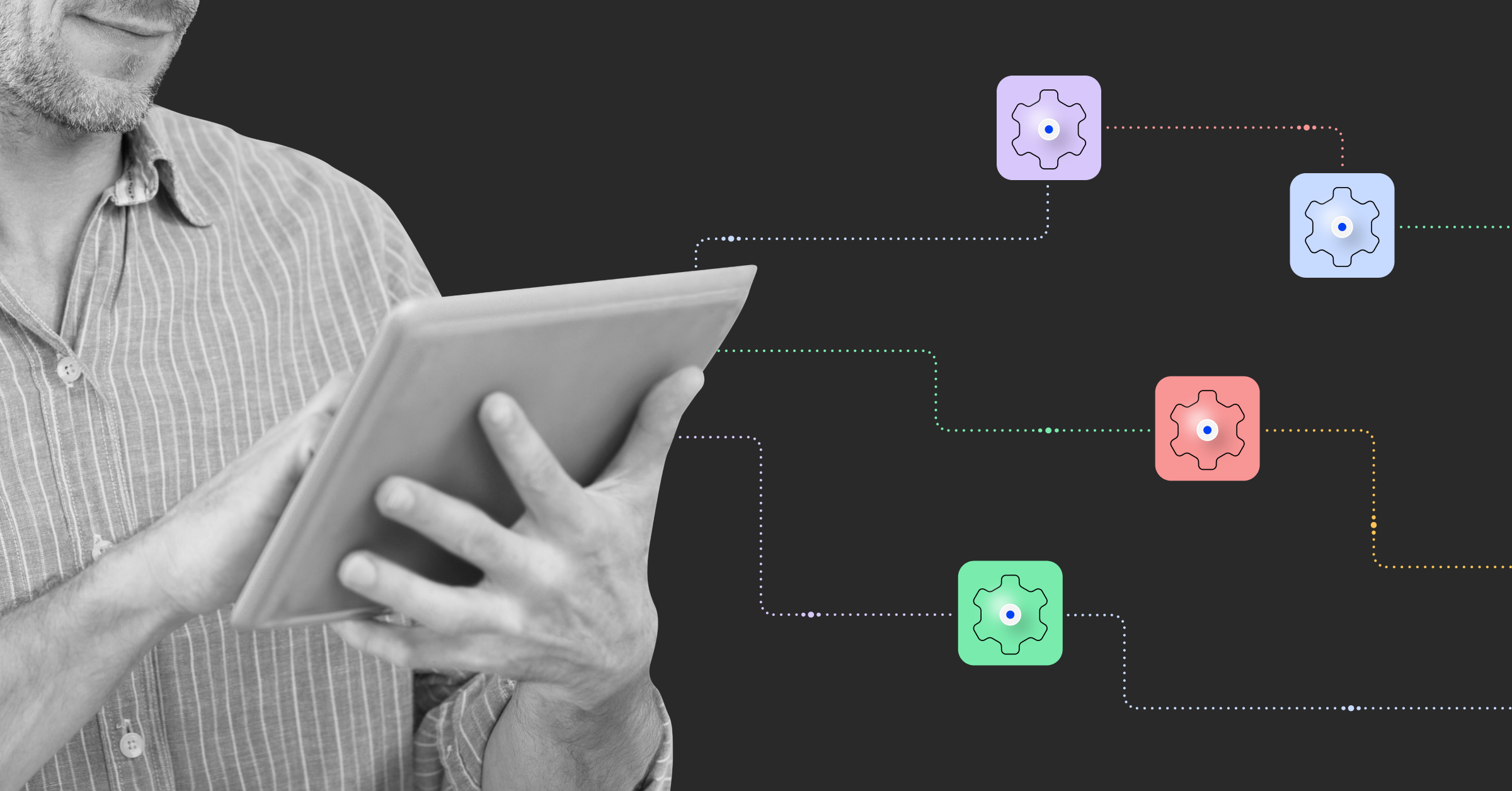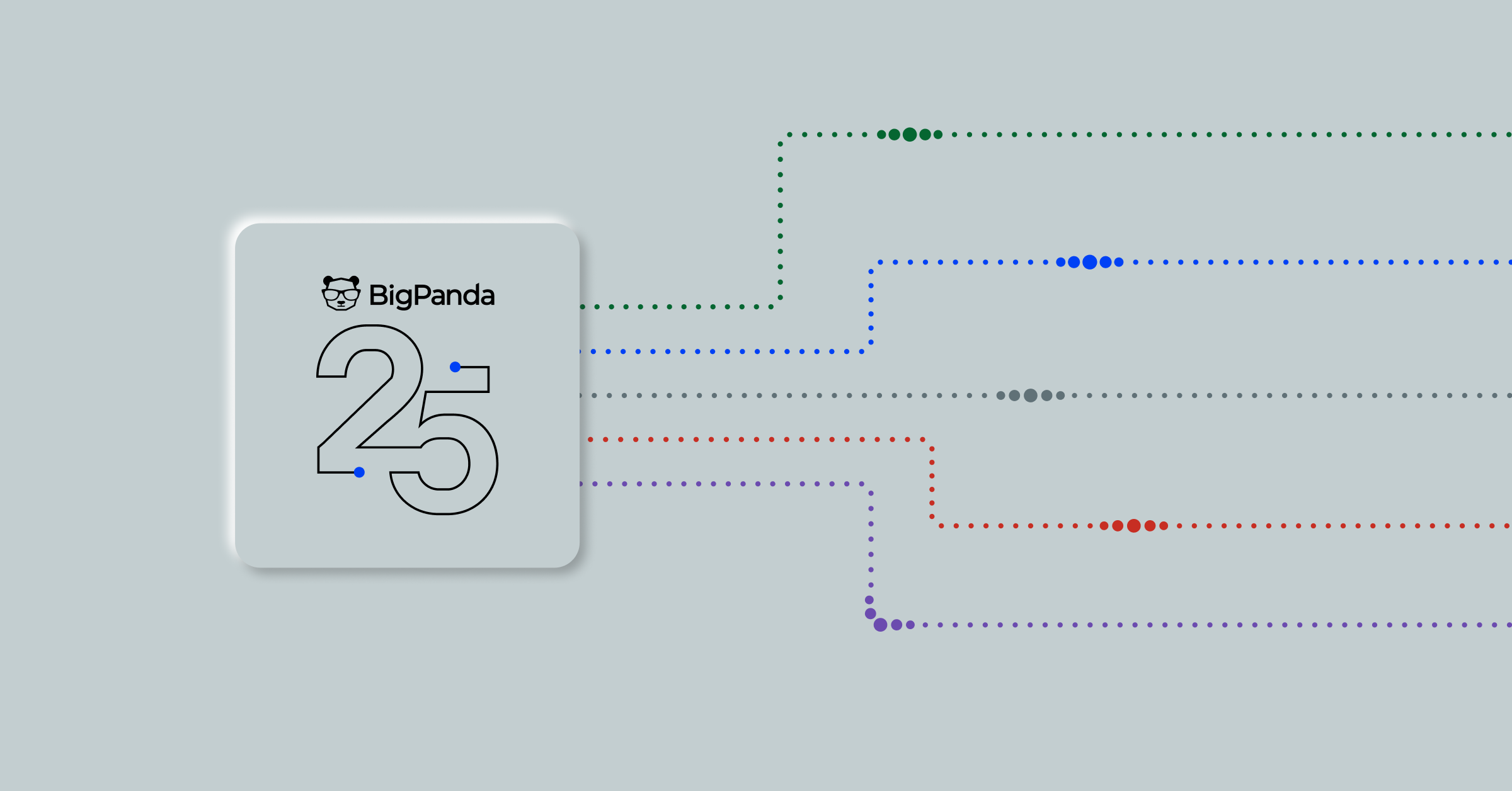What is IT infrastructure monitoring?

Behind the scenes of any IT infrastructure is the ongoing challenge of monitoring and managing never-ending systems, applications, and network devices. As an IT professional, your job includes staying ahead of potential issues, minimizing downtime, and navigating alert noise.
IT infrastructure monitoring definition
IT infrastructure monitoring is the ongoing process of tracking and analyzing how your IT systems—like servers, networks, applications, and databases—perform. The goal is to catch problems quickly and identify the root cause behind system failures or performance issues. Multiple metrics and logs are used to pinpoint issues, whether they originate from hardware failures, software misconfiguration, network outages, or application errors.
Specialized infrastructure monitoring software and observability tools are crucial for gathering and analyzing data generated by IT infrastructure components. Insights from these tools help teams proactively manage and optimize IT system performance and reliability to keep everything running smoothly.
How IT infrastructure monitoring works
IT infrastructure monitoring involves tracking the performance and health of devices, networks, and applications across your environment. From collecting data to analyzing it in real time, the process empowers IT teams to stay ahead of potential issues and maintain system efficiency.
Here are its key elements:
Monitoring tools and techniques
IT infrastructure monitoring relies on specialized tools and techniques to monitor various components. Tools like Nagios, Zabbix, and SolarWinds help IT teams track the performance of networks, servers, and applications. These tools monitor systems in real time, provide critical insights, and automate repetitive tasks.
Metrics and alert systems
Monitoring tools track critical metrics such as CPU usage, memory utilization, disk space, network latency, and app response times. They generate alerts when metrics deviate from predefined thresholds so IT teams can fix problems as soon as possible.
Data collection
Monitoring tools gather data from devices and systems using two primary methods.
- Agent-based monitoring: Software agents installed on devices send performance data to a central monitoring system.
- Agentless monitoring: Uses protocols like SNMP, WMI, or API calls to collect data without installing additional software.
Each approach has advantages: agent-based monitoring provides deeper insights, while agentless monitoring is easier to deploy and manage.
Analysis and reporting
Once data is collected, AIOps have sophisticated analytics to analyze that data and show the state of your IT infrastructure:
- Dashboards: Provide real-time visualizations of system health and performance metrics.
- Reports: Summarize historical trends, helping teams identify patterns and plan for capacity upgrades.
- Visualizations: Charts, graphs, and heatmaps make it easier to spot anomalies and understand performance bottlenecks.
Automation
Automation improves monitoring by leveraging AI and machine learning to predict and mitigate potential issues. Examples include:
- Predictive analysis: AI models identify patterns in historical data to forecast potential failures.
- Automated remediation: Systems can restart services, reallocate resources, or notify relevant teams when issues arise.
IT infrastructure monitoring use cases
Proactive issue detection
Monitoring tools help identify and resolve potential issues before they impact users. For example:
- Detecting unusual spikes in network traffic that may indicate security threats.
- Monitoring disk usage to prevent outages caused by full storage drives.
Resource optimization
Infrastructure monitoring helps optimize the utilization of resources by:
- Identifying underutilized servers or virtual machines.
- Balancing workloads across systems to reduce inefficiencies and lower costs.
Cloud and virtualization monitoring
As more organizations move to virtualized and cloud environments, monitoring becomes critical for managing these dynamic infrastructures. Benefits include:
- Tracking the performance of virtual machines and containers/
- Monitoring cloud service availability and ensuring SLA (Service Level Agreements) compliance.
- Optimizing cloud spend by identifying unused or underused resources.
Common IT infrastructure monitoring challenges
The key challenges in IT infrastructure monitoring are typically due to the complexity of backend systems, particularly when transitioning to cloud platforms or relying on cloud infrastructure. For example, consider the following:
- Outdated tools and the cloud: Many older infrastructure monitoring tools were designed for on-premises systems and don’t work well with modern cloud-native components. Legacy tools struggle to track auto-scaling features like containers or serverless functions. Accessing cloud metrics through manual methods, such as Secure Shell (SSH), can be time-consuming and requires a certain level of expertise.
- Integration and access: Legacy tools often have integration issues with cloud services, making it hard to collect cloud-based metrics through APIs. Moreover, the manual SSH access required for retrieving infrastructure metrics from cloud servers takes significant time and expertise, adding to the complexity.
- Cultural silos and collaboration: IT and DevOps teams often use different tools, creating a silo and leading to misalignment in identifying and fixing performance issues. A unified performance monitoring tool is crucial to bring together infrastructure and application performance metrics for seamless collaboration.
- Comprehensive monitoring: Focusing on only infrastructure monitoring is not enough. Effective troubleshooting requires comprehensive IT monitoring software that combines data from infrastructure monitoring with information from applications, networks, and other system elements to understand root cause.
- Multi-cloud challenges: Using several cloud providers adds complexity, since each has its native monitoring tools. Juggling multiple solutions makes it harder to get a unified, comprehensive view of cloud infrastructure.
- DevOps transition and operational service model: DevOps teams may face challenges shifting to an operational service model, especially when adopting microservices-based architecture and cloud-native technologies. Efficient cloud infrastructure management is important to minimize unplanned downtime and improve end-user experience.
How AIOps makes IT infrastructure monitoring more effective
AIOps, or artificial intelligence for IT operations, uses AI, machine learning, and advanced analytics to make IT infrastructure monitoring smarter and more efficient. Key features include:
- Incident workflow automation: Automating manual workflows streamlines routine operational tasks, such as creating tickets. This leads to faster response times and improved efficiency.
- Event correlation: AIOps use AI to aggregate and analyze data from diverse sources to identify patterns and establish root cause. This significantly reduces mean time to resolution (MTTR).
- Noise reduction: Filters and prioritizes alerts, minimizing unnecessary notifications and allowing IT teams to concentrate on critical incidents.
- Real-time insights: Delivers real-time data on system performance, enabling proactive decision-making and swift issue resolution.
- Scalability: Accommodates the growing complexity of modern IT environments, including hybrid cloud and multi-cloud infrastructures, ensuring continuous effectiveness as systems evolve.
The average BigPanda customer uses roughly 20 observability and monitoring tools. This complexity of managing so many tools challenges IT professionals and complicates incident management. Explore why 55% of organizations deploy an AIOps platform to maximize the value and impact of their IT monitoring investments.




